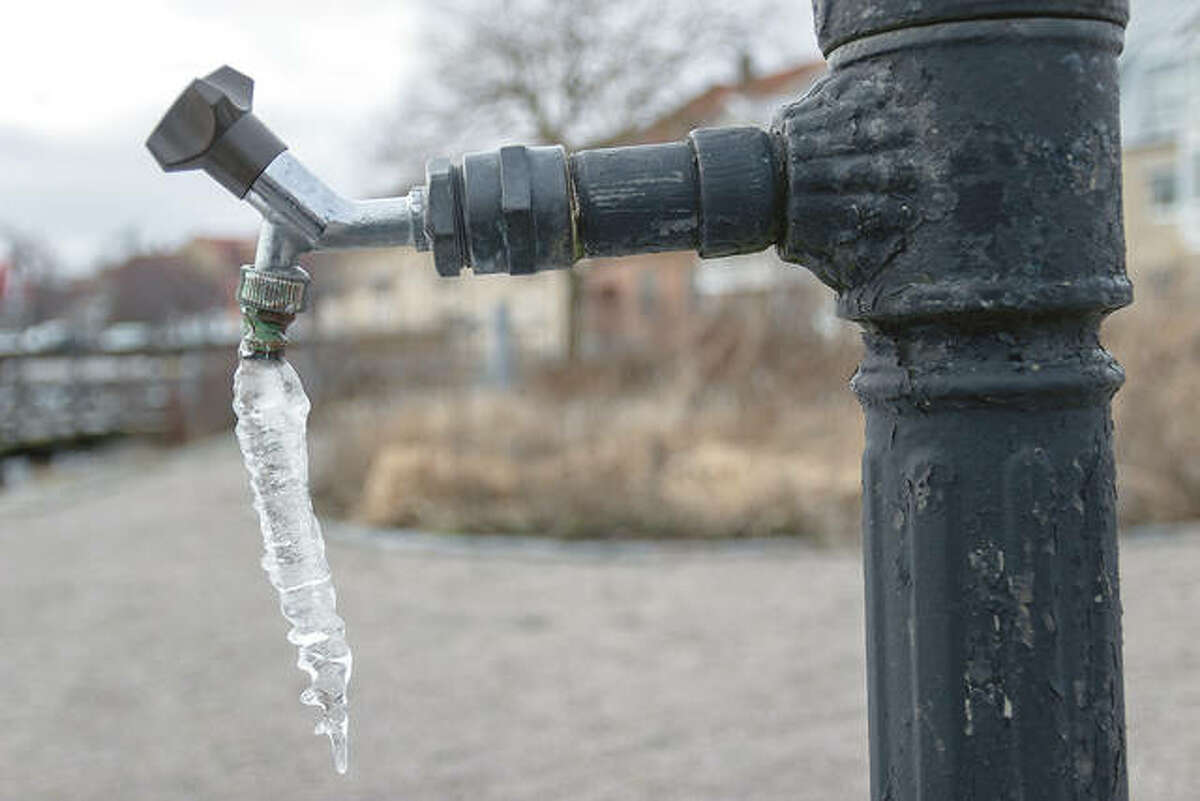Avoiding Frozen Plumbing in Winter: Professional Strategies
Avoiding Frozen Plumbing in Winter: Professional Strategies
Blog Article
We have found this article about Prevent Frozen Pipes directly below on the web and think it made good sense to talk about it with you here.

Cold weather can damage your plumbing, especially by freezing pipes. Below's exactly how to prevent it from taking place and what to do if it does.
Intro
As temperature levels decrease, the danger of frozen pipes rises, possibly leading to costly fixings and water damages. Recognizing exactly how to stop icy pipelines is vital for home owners in cold environments.
Recognizing Frozen Pipes
What causes pipelines to ice up?
Pipes freeze when subjected to temperatures below 32 ° F (0 ° C) for expanded durations. As water inside the pipelines freezes, it increases, putting pressure on the pipeline wall surfaces and possibly creating them to rupture.
Dangers and problems
Icy pipelines can lead to supply of water interruptions, residential or commercial property damages, and pricey fixings. Burst pipelines can flood homes and create substantial structural damages.
Signs of Frozen Piping
Recognizing icy pipes early can stop them from bursting.
Exactly how to determine icy pipelines
Look for lowered water flow from faucets, unusual odors or noises from pipelines, and visible frost on revealed pipes.
Avoidance Tips
Protecting vulnerable pipelines
Cover pipelines in insulation sleeves or use warmth tape to shield them from freezing temperature levels. Focus on pipes in unheated or exterior areas of the home.
Heating methods
Maintain indoor areas appropriately heated, especially locations with plumbing. Open up closet doors to allow warm air to circulate around pipelines under sinks.
Shielding Exterior Plumbing
Yard hoses and exterior faucets
Separate and drain yard tubes prior to winter months. Install frost-proof spigots or cover exterior taps with protected caps.
What to Do If Your Pipelines Freeze
Immediate activities to take
If you suspect icy pipes, keep faucets open to soothe pressure as the ice melts. Utilize a hairdryer or towels soaked in warm water to thaw pipelines gradually.
Long-Term Solutions
Architectural adjustments
Consider rerouting pipes away from outside wall surfaces or unheated areas. Include added insulation to attics, basements, and crawl spaces.
Updating insulation
Purchase top notch insulation for pipelines, attics, and walls. Correct insulation assists maintain regular temperatures and decreases the risk of frozen pipes.
Conclusion
Avoiding frozen pipes requires proactive steps and fast actions. By recognizing the reasons, indicators, and safety nets, homeowners can shield their pipes throughout winter.
5 Ways to Prevent Frozen Pipes
Drain Outdoor Faucets and Disconnect Hoses
First, close the shut-off valve that controls the flow of water in the pipe to your outdoor faucet. Then, head outside to disconnect and drain your hose and open the outdoor faucet to allow the water to completely drain out of the line. Turn off the faucet when done. Finally, head back to the shut-off valve and drain the remaining water inside the pipe into a bucket or container. Additionally, if you have a home irrigation system, you should consider hiring an expert to clear the system of water each year.
Insulate Pipes
One of the best and most cost-effective methods for preventing frozen water pipes is to wrap your pipes with insulation. This is especially important for areas in your home that aren’t exposed to heat, such as an attic. We suggest using foam sleeves, which can typically be found at your local hardware store.
Keep Heat Running at 65
Your pipes are located inside your walls, and the temperature there is much colder than the rest of the house. To prevent your pipes from freezing, The Insurance Information Institute suggests that you keep your home heated to at least 65 degrees, even when traveling. You may want to invest in smart devices that can keep an eye on the temperature in your home while you’re away.
Leave Water Dripping
Moving water — even a small trickle — can prevent ice from forming inside your pipes. When freezing temps are imminent, start a drip of water from all faucets that serve exposed pipes. Leaving a few faucets running will also help relieve pressure inside the pipes and help prevent a rupture if the water inside freezes.
Open Cupboard Doors
Warm your kitchen and bathroom pipes by opening cupboards and vanities. You should also leave your interior doors ajar to help warm air circulate evenly throughout your home.

Do you like more info about How to Prevent Your Pipes From Freezing? Create feedback further down. We'd be happy to listen to your opinions about this post. We are looking forward that you come back again later on. So long as you appreciated our blog posting please consider to pass it around. I treasure your readership.
Visit My Web Page Report this page